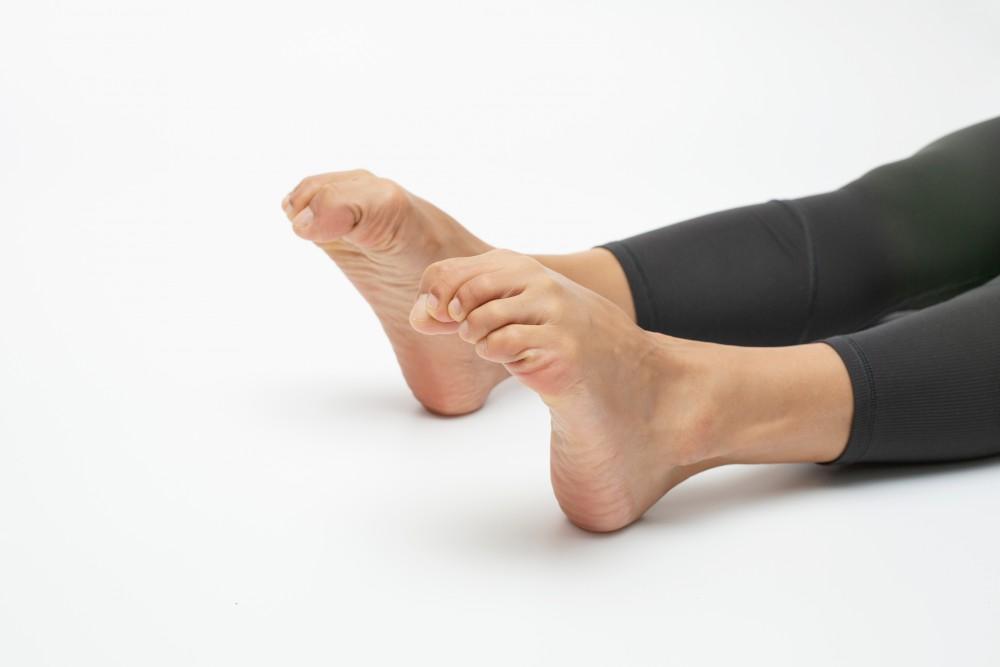
Shoe Buying Hacks for Athletes That Will Help You Avoid an Injury

Decades ago, sports participation was easy. You removed your everyday shoes and put on sneakers. Entering a sports store today, there’s sensory overload with expansive shoe displays for every activity.
It’s not simply a marketing plan to increase shoe sales. The right footwear makes your game more comfortable, elevates performance, and perhaps most importantly, protects you from injury. Every sport has its demands on the body, and often, it’s up to your shoes to set the right foundation while supporting your feet and legs effectively.
While the doctors at Bahri Orthopedics & Sports Medicine specialize in treating sports injuries, they’d prefer if you avoided injury altogether. We’ve compiled a list of hacks that can help you buy the shoe that will best protect you and a few ideas to help you get the most from your footwear.
Fit is key
One of every five Americans has some degree of foot pain. Many of these issues originate with shoes that don’t fit. Less than 10% of those directly responsible for retail shoe sales have training in fitting shoes. Even if you have a shoe that’s acceptable for your activity, a tight and narrow fit can destroy the advantages of the right shoe. Loose-fitting shoes provide no support for the foot and ankle.
Match shoe to sport
If you’re a walker, power or otherwise, your ideal shoe is well-cushioned against shock under varying conditions. The soles are flexible to encourage the natural roll of your gait, and the tread is generally smooth.
Runners need significant cushioning and a wide, stable heel, usually in a light shoe, particularly for long distances. Hiking shoes require robust ankle support, as do shoes for court sports, which also facilitate fast direction changes. Field sports need aggressive traction, usually in cleats or spikes on the sole.
Know your sole
Wetting your bare foot and stepping on a flat surface that shows a footprint can help you evaluate your arches. If your footprint shows your entire foot in contact with the ground, you have flat feet with a low arch. A normal arch shows about half of the foot in contact through the mid portion of the foot. High arches make very little midfoot contact. Ask for styles that support your arch type.
Upgrade your insoles
If your shoe is otherwise ideal but could use a little more cushioning or arch support, consider swapping out the stock insoles with the add-ons you need. Replacement inserts can also perk up tired insoles that wear down before the rest of the shoe.
Beware of wear
No matter what your sport or level of participation, all shoes have at least one thing in common. They all wear out. Playing on old shoes increases your risk of injury. Watch for critical wear and have your next new pair ready to go.
Accidents do happen so when you need treatment for a foot or sports injury, you can reach the nearest office of Bahri Orthopedics and Sports Medicine Clinic by phone or online to schedule an appointment.
You Might Also Enjoy...


Fracture Care: Nonsurgical Options vs. Surgery

Am I a Good Candidate For Shoulder Replacement?

Staying Active With Knee Osteoarthritis: Our Top Tips

Struggling with Ankle Instability? Here's How to Avoid Future Sprains


